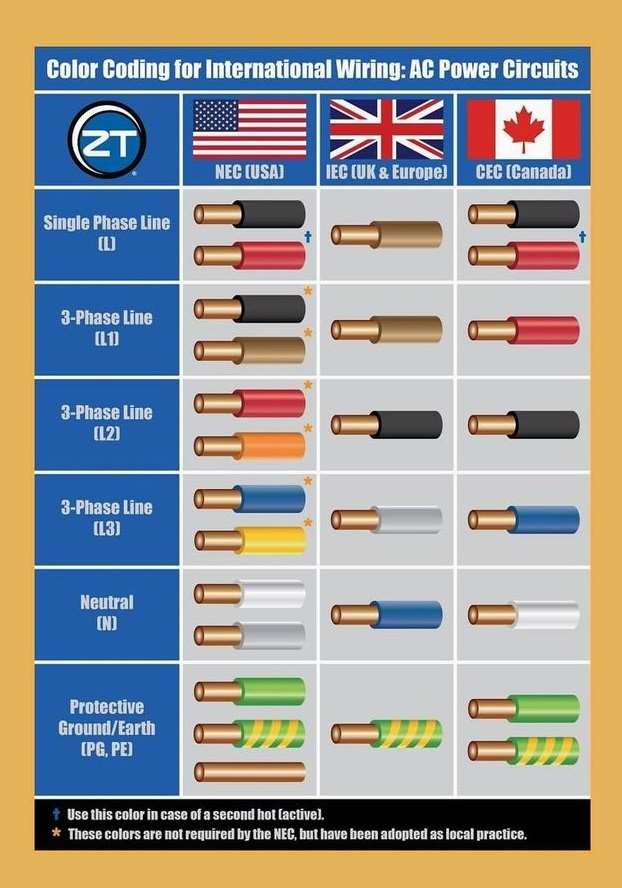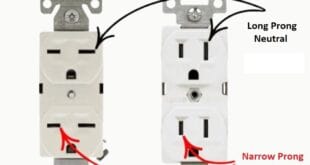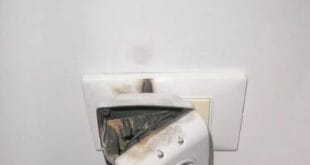Electrical Installations – Standards & Regulations around the World
Introduction:
Electrical installations are integral components of modern infrastructure, powering homes, businesses, and industries across the globe. To ensure the safety, reliability, and efficiency of these installations, various countries have established comprehensive standards and regulations. These guidelines, often developed by national and international standardization bodies, are designed to harmonize practices, mitigate risks, and foster technological advancements. In this detailed article, we will explore electrical installation standards and regulations in key regions around the world.
Electrical Installations – Standards & Regulation in Different Countries
1. United States: National Electrical Code (NEC)
The United States relies on the National Electrical Code (NEC) as the primary standard for electrical installations. Published by the National Fire Protection Association (NFPA), the NEC is a dynamic document that undergoes regular updates to incorporate technological advancements and enhance safety measures. This code covers a wide range of topics, including wiring methods, equipment installation, and safety guidelines. Electricians, engineers, and authorities use the NEC to ensure compliance with established standards and regulations, thereby safeguarding lives and property.
2. United Kingdom: BS 7671 (IET Wiring Regulations)
In the United Kingdom, electrical installations are governed by BS 7671, commonly known as the IET Wiring Regulations. Developed by the Institution of Engineering and Technology (IET), this standard provides detailed guidelines for the design, installation, and maintenance of electrical systems. BS 7671 ensures that electrical installations in the UK meet safety standards and are executed with precision. The IET regularly updates this document to align with technological advancements and emerging safety practices.

3. European Union: Harmonized Standards
Within the European Union (EU), a system of harmonized standards is in place to ensure consistency across member states. Organizations such as the European Committee for Electrotechnical Standardization (CENELEC) play a key role in developing and maintaining these standards. Harmonized standards cover a broad spectrum of electrical installations, promoting interoperability and a unified approach to electrical safety and performance within the EU.
4. Canada: Canadian Electrical Code (CEC)
Canada relies on the Canadian Electrical Code (CEC) to regulate electrical installations. Similar to the NEC in the United States, the CEC is published by the Canadian Standards Association (CSA). The CEC covers a range of topics, including wiring methods, equipment standards, and safety guidelines. It undergoes regular updates to address technological advancements and improve electrical safety practices in Canada.
5. Australia and New Zealand: AS/NZS 3000 (Wiring Rules)
In Australia and New Zealand, electrical installations adhere to AS/NZS 3000, commonly referred to as the Wiring Rules. Published by Standards Australia and Standards New Zealand, these rules provide a comprehensive framework for the design, installation, and maintenance of electrical systems. AS/NZS 3000 is regularly updated to align with international standards and address emerging challenges in the electrical industry.
6. India: IS 732 Series
India follows the IS 732 series of standards, published by the Bureau of Indian Standards (BIS), to regulate electrical installations. This series comprises multiple parts, each addressing specific aspects of electrical systems. IS 732 ensures that electrical installations in India adhere to standardized practices, fostering safety and reliability.
7. China: GB 50052 (Code for Design of Electrical Installations)
China has its own set of standards for electrical installations, with GB 50052 being a key code for the design of these systems. Issued by the China National Institute of Standardization (CNIS), this code establishes guidelines for the design, installation, and maintenance of electrical installations in the country. Adherence to GB 50052 is crucial for ensuring the safety and reliability of electrical systems in China.
8. International Standards: IEC 60364
The International Electrotechnical Commission (IEC) plays a vital role in developing international standards for electrical installations. IEC 60364 is a series of standards that provides guidelines on various aspects of electrical systems, ensuring a common framework for electrical safety and performance globally. These standards are widely adopted and referenced by many countries in their national regulations.
9. Compliance and Enforcement
In each country, compliance with electrical installation standards is crucial to ensuring the safety and reliability of electrical systems. Regulatory bodies and local authorities are responsible for enforcing these standards. Electricians, engineers, and other professionals involved in electrical installations must stay informed about the latest updates to standards and regulations to ensure that their work complies with the most recent guidelines.
10. Challenges and Emerging Trends
As technology advances, the electrical industry faces new challenges and opportunities. The integration of renewable energy sources, smart technologies, and energy-efficient solutions necessitates constant updates to electrical installation standards. Additionally, the globalization of industries requires a harmonized approach to standards, facilitating the exchange of goods and services across borders.
11. Global Harmonization Efforts
Recognizing the need for global standards, various organizations and standardization bodies work towards harmonizing electrical installation practices worldwide. Efforts by the International Electrotechnical Commission (IEC), the International Organization for Standardization (ISO), and regional bodies contribute to the development of standards that can be universally adopted. Global harmonization streamlines processes, reduces trade barriers, and promotes a shared commitment to electrical safety.
12. Future Directions in Electrical Standards
Looking ahead, the future of electrical installation standards is likely to be shaped by technological advancements such as the Internet of Things (IoT), artificial intelligence, and renewable energy integration. Standards will need to evolve to accommodate these changes, ensuring that electrical installations remain safe, efficient, and sustainable. Collaboration between industry stakeholders, standardization bodies, and regulatory authorities will be crucial in developing forward-looking standards.
Conclusion
Electrical installations are the backbone of modern society, providing power for homes, businesses, and industries. Standards and regulations governing these installations play a pivotal role in ensuring safety, reliability, and uniformity. As we navigate an era of rapid technological change, the evolution of electrical installation standards will be essential to meet the challenges and opportunities of the future. By staying informed, embracing innovation, and fostering global collaboration, the electrical industry can continue to deliver safe, efficient, and sustainable electrical installations around the world.
 Electrical Engineering World Wiring a Brighter Tomorrow!
Electrical Engineering World Wiring a Brighter Tomorrow!


